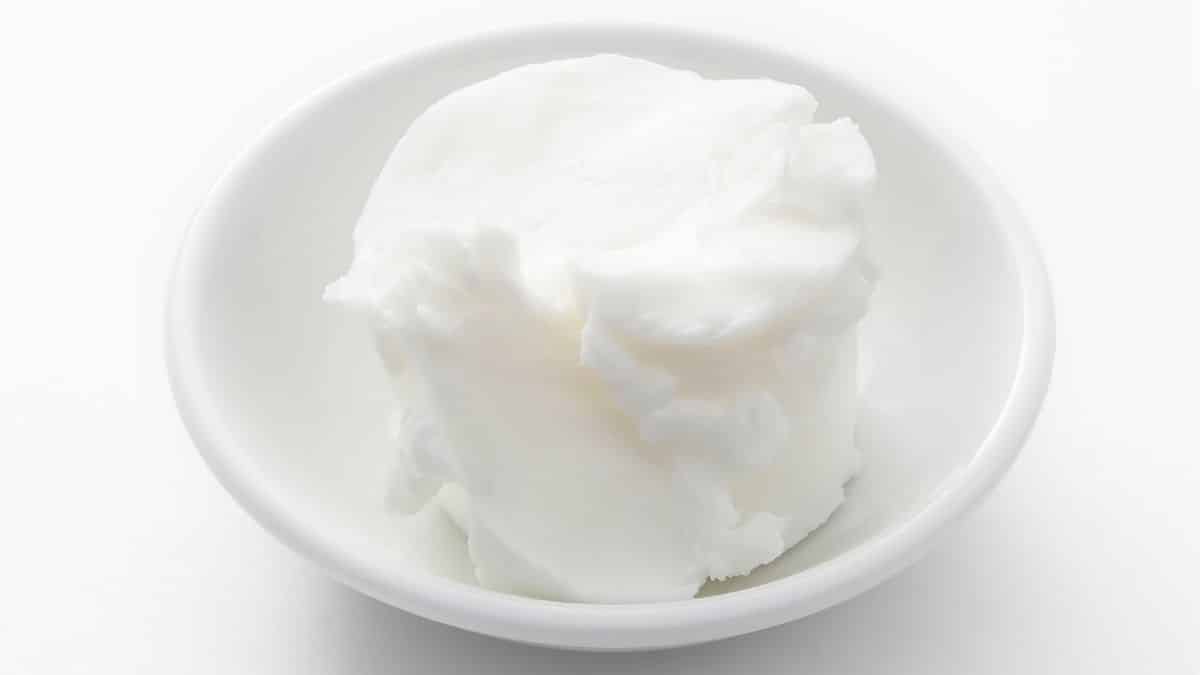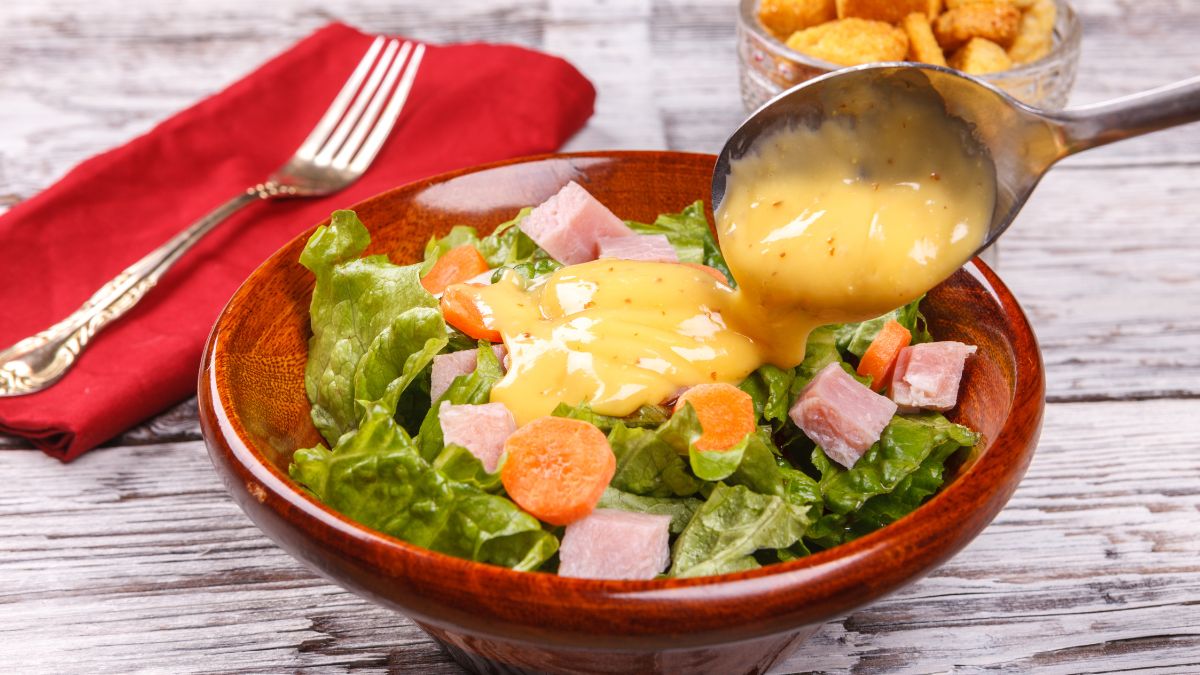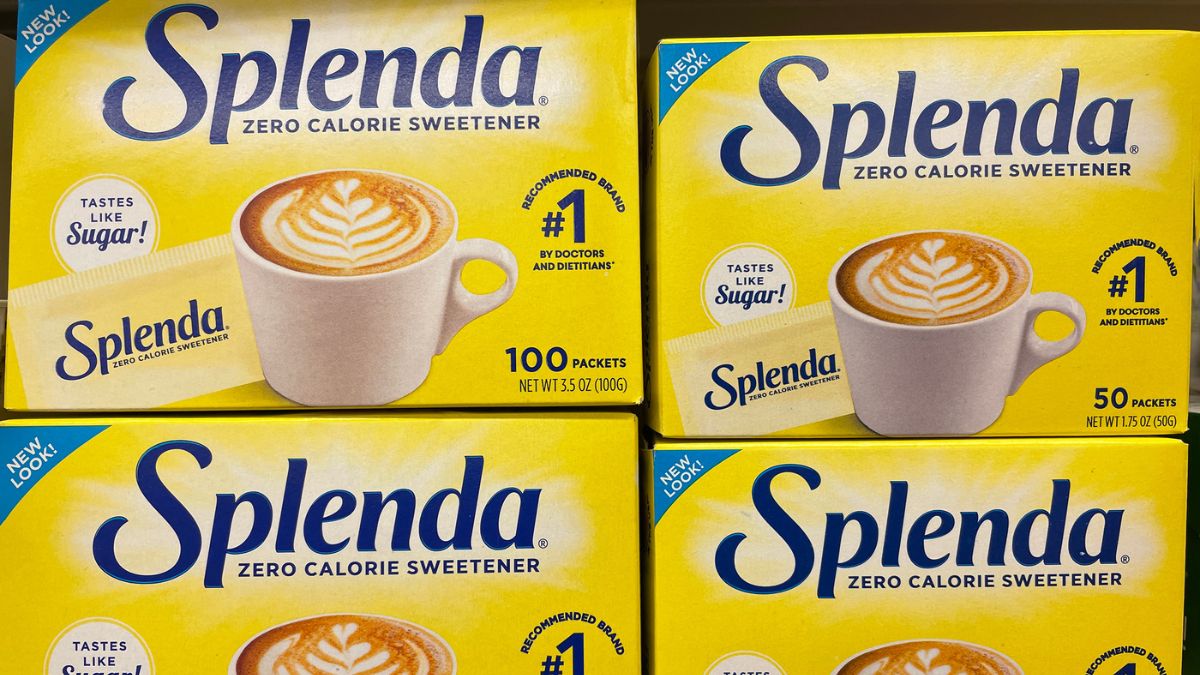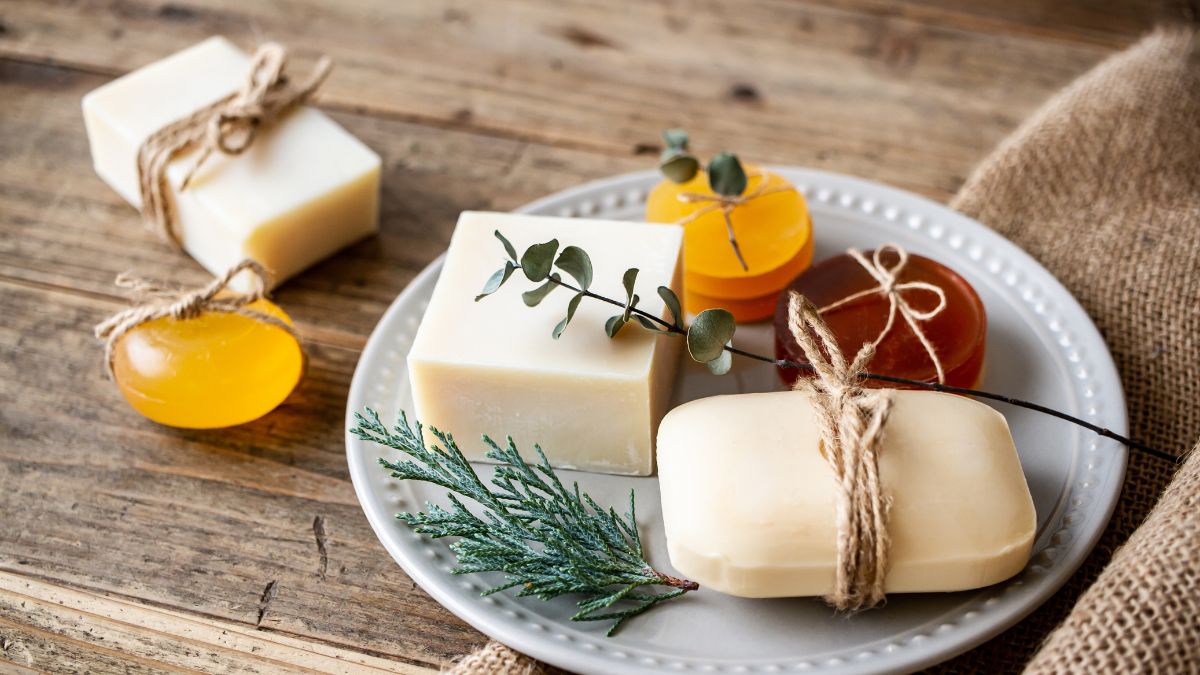Answer: Yes. Vegetable shortening is vegan. It has plant-based oil ingredients that solidify at room temperature.

Is Vegetable Shortening Vegan?
I rushed to the grocery to get the vegetable shortening for the pie crust I wanted to make for my Mom’s birthday. I considered placing an order, but it’ll bring a big smile to her face if I use the family’s tried and tested vegan recipe collection.
Vegetable shortening is a plant-based fat that stays solid at room temperature. Its base ingredients are vegetable oils such as soybean, coconut, or cocoa butter mixed with liquid fats such as sunflower, grapeseed, canola, or safflower.
While other health-conscious vegans will opt to use vegan butter, vegetable shortening consistency and texture are different. It gives a unique dimension to enjoying the pie crust, biscuit, shortbread, puff pastry, or cookie. There is no other way around getting the flaky, crusty, and crumbly texture if you use something else but vegetable shortening.
What Is Vegetable Shortening?
Shortening is a flavorless and fatty solid that comes from the fat of plant sources. It’s composed of vegetable oils like soybean oil, coconut oil, or cocoa butter mixed with liquid fats like sunflower, grapeseed oil, canola, and safflower. The fat content in shortening replicates the consistency and baking performance of regular shortening with lard and some animal component.
When you add shortening to wheat-based flour, the gluten doesn’t bind well because it gets slippery from the fat. It repels the water needed to activate the gluten and separates the layers of dough from each other. It also traps the rising steam and gas during the baking process.
Shortening is used to make short doughs that flake, crumble, and crunches like pie crusts, shortbread, biscuits, puff pastries, and cookies. The fats are tenderizers that disturb gluten development, giving it a shortened flexibility.
Two Problematic Ingredients in Vegetable Shortening
Palm Oil
Palm oil is not precisely a vegan-friendly ingredient for two reasons. Palm is not a product eaten by vegans since the oil is extracted from the palm fruit. Another issue is the vast plantations of palm trees located in South East Asia. In Indonesia, many endangered animals, such as the orangutans and the tigers of Sumatra, have lost their ecosystem. This is because the palm tree plantations take up their natural environment.
Mono and Diglycerides
Mono and diglycerides are emulsifiers taken from either plant or animal fats. The label is non-specific about the kind of plant-based ingredient. There is an ingredient of synthetic emulsifiers, whey protein, polysaccharides or gum Arabic, phospholipids or lecithin, and tweens.
Uses of Vegetable Shortening
You will notice how vegetable shortening reacts to the flour and produces a different dough consistency. During the baking process, its solid form at room temperature allows for easy mixing of ingredients and ease of preparation. Solid fat prevents the soaking of flour during the mixing process, allowing some form of the structure while gluten formation slows down.
Streaks of shortening are mixed into the dough to separate into layers. Once the dough is in the oven, its components continue to separate. A chemical reaction happens when the coated dough traps the steam and gasses from rising on the surface. The vegetable shortening solidifies when the baked item is done and cooled down. It absorbs into the dough of the finished product.
Achieving a balance of shortening and water-based ingredients is key to getting the short dough results. It’s described as a delicate ratio to arrive at the perfect combination for the quick dough results of crumbly and flaky texture.
Vegetable Oil vs. Vegetable Shortening in Baking
While both have similar vegetable fat components, the solidity factor is the main difference. Shortening becomes sold at room temperature while oil stays in liquid form. When shortening is heated, it melts into liquid oil. But vegetable oil cannot turn into a shortening solid.
Whether you choose oil or shortening in your baking can significantly affect the texture of your final product. Oils and liquid fats work best for dense treats like cornbread or brownies, giving them a rich, moist crumb. On the other hand, shortening or solid fats—like Crisco shortening, which is vegan-friendly—are ideal for creating light, fluffy, flaky, and crumbly baked goods. These include biscuits, pie crusts, shortbreads, and puff pastries. In fact, shortening incorporates more air into the batter when beaten, resulting in a cakier texture compared to oil, which produces a denser crumb. As you experiment with these fat choices in 2025, keeping these differences in mind will help you achieve the perfect bake every time.
Vegan Butter and Vegetable Shortening
Vegan butter contains water that activates the gluten and produces crisper and drier baked items. Vegetable shortening bonds the formation of gluten because of its solid fat content. Your baked items will result in a light, flaky, and crumbly product.
Is Vegetable Shortening Healthy?
Overall, vegetable shortening has very little nutritional value for the body. Vegetable Shortening is a solidified plant-based fat that is more of a health risk and cannot be considered healthy. The increase of LDL in blood circulation is one of the problems of a high-fat diet. The trans-fatty acids formed during the hydrogenation of palm oil are one factor.
Vegetable shortening has three kinds of fats included in its ingredients. It’s advisable to use shortening sparingly and not regularly to keep the unwanted fats in our bodies at a minimum. Saturated fats are beneficial for the human body. But monosaturated and polyunsaturated fats need to be sparingly taken.
Saturated Fats
Saturated fatty acids are good cholesterol that supports hormone production, the nervous system, healthy bones and muscle tone, intestinal walls, and mineral metabolism. Vegan butter and coconut oil are the most ideal for baking at medium-high temperatures for baking. Olive oil has high oleic acid and will oxidize at high temperatures.
Monosaturated Fats
These fats are stable and liquid at room temperature. They are best used at lower temperatures because they oxidize when the heat increases. This is when oxidation creates free radicals that damage the body’s cells. Examples of oils are safflower, extra virgin olive oil, avocado, and peanut.
Polyunsaturated Fats
Polyunsaturated fats are not stable and liquid at room temperature. These should be taken in small quantities because they can contribute to weight gain, inflammation, and heart disease. Plant-based oils are flaxseed oil, walnut oil, and macadamia nut oil. Processed polyunsaturated fats include canola, corn, soybean, margarine, and vegetable oils.
How to Store Vegetable Shortening
Vegetable shortening is not a fussy ingredient to handle. Check the container has an airtight lid to avoid cross-contact with other ingredients and keep it fresh. If you live in a cool climate, you can leave it in the pantry or cupboard away from the sunlight. But if you live in a tropical country, you will have to store it in the fridge to keep it in solid form.
Some say vegetable shortening can last up to one year at ideal room temperature, but once opened, it is best to use it within three months. Be warned to dispose of vegetable shortening once it becomes spoilt or rancid. It discolors from its white or yellowish shade and has an unpleasant smell.
DIY Homemade Vegetable Shortening
It’s easy to make your vegetable shortening. Keep a close watch on the temperature and consistency of the coconut. Making your vegetable shortening guarantees freshness and the confidence that you know what goes into your food.
Coconut Oil
Coconut oil has a distinct scent you can eliminate by passing it through a filter that takes out its flavor and aroma. Take note that coconut oil melts at a room temperature of 77°F, so if you use this oil, choose a temperature-controlled area or switch on the air conditioner.
Melt the ¾ coconut oil in a microwave to room temperature. Mix in a food processor ¼ cup of canola or light olive oil. You want to achieve a smooth texture, but this depends on the fats solidifying before it has a chance to separate.
Transfer to ice cube mold trays to solidify. Your homemade vegetable shortening is ready to use 30 mins after it hardens. It can be stored in the fridge for three months and frozen for two years.
Vegetable Shortening Brands
There are many vegan-approved shortening brands in the market. A word of reminder is to always look at the ingredients to ensure they are not compromised with animal products, even if they are labeled vegetarian or vegan.
- Crisco all-vegetable shortening
- Spectrum’s organic all-vegetable shortening
- Nutiva organic vegan shortening
- Earth Balance natural shortening
Endnotes
Shortening is a plant-based 100% solidified fat used for baking. Its function is to coat the dough and prevent the formation involved in the gluten matrix. Vegetable shortening gives you delicious biscuits, shortbread, puff pastry, and pie crusts that are flaky, crumbly, and crunchy. It produces a unique texture compared to using vegan butter or substituting with different plant-based oils.




